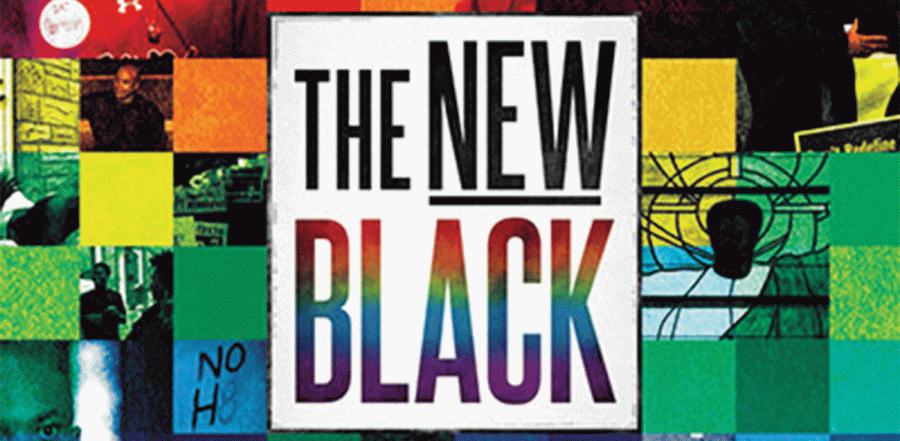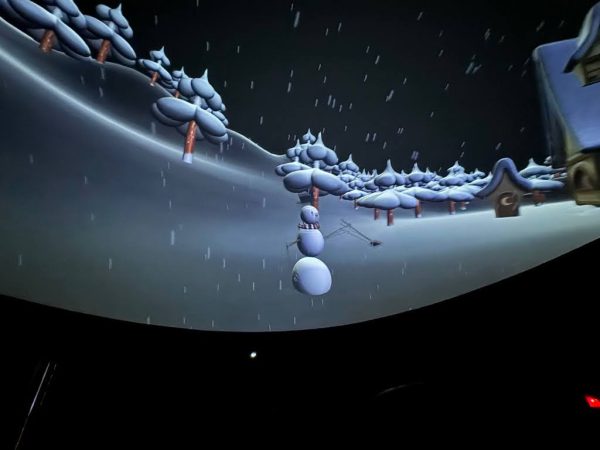Documentary Explores Gay Rights in African American Communities
The New Black illustrates another side of the gay rights movement in relation to African American communities and religion.
Filmmaker Yoruba Richen’s 2013 documentary The New Black explores the reactions within the African American community to the gay rights equality movement. As part of The Africana, Latin American, Asian American and Native American (ALANA) Cultural Center’s celebration of Martin Luther King, Jr.’s legacy, the film documented the complicated relationship between the African American civil rights movement and the marriage equality movement.
The documentary was filmed during the 2012 election season in Maryland, where the legalization of gay marriage was on the ballot. The Civil Marriage Protection Act, the bill legalizing same-sex marriage had been passed earlier in the year. Petitioners submitted more than twice the number of required signatures to place the referendum on the election ballot to be voted on by the general public as Question 6.
The film followed the campaigns of both sides of the issue and included activists, families and church clergy. Everything from official political events to family parties was depicted in order to shine a light on the political and personal nature of the gay rights campaign.
“It was interesting how the documentary commented on the struggles that members of both the LGBTQ community and the black community face in the political sphere,” sophomore Carlyne Schilling said.
Although the African American community is predominantly a large liberal constituency, the film stated that the gay rights movement had in the past mistakenly forgot to campaign here. The communities’ pillar, the black church, is largely against homosexuality. Politicians and organizations campaigning against the gay rights movement saw this opening and moved in, recruiting the clergy in their campaign work and therefore the support of a community that largely looks to the church for guidance.
“The film really shines a light on the sphere of influence the church has in politics. What’s most unsettling is the way that lobbyists and anti-gay marriage activists can use this to meet their own agenda,” sophomore Richy Cains said.
However, many of these people did not see the parallels between the gay rights movement and the African American civil rights movement. One woman, interviewed in a church, spoke out by saying that they were completely different in that she did not choose to be black and she did not choose to be a woman, but the LGBTQ community had a choice.
The activists from within these communities struggled to reach highly religious and traditional people. Many struggled with finding balance between their religious beliefs and activism.
The influence of the church in the African American community and its views on homosexuality took a different turn when black leaders began to speak out in support of the gay rights movement. As the community leaders began to see the issues from a non-judgmental perspective, the attitudes towards the African American LGBTQ community began to be more accepting, although still seen as sinful.
In the end, the referendum was passed with 52.4 percent of voter approval, legalizing gay marriage in the state of Maryland. Although gay marriage has since been legalized on a national level, the struggle for equality in society is still prevalent today. Often described as the “modern civil rights movement,” Richen’s documentary The New Black makes strong connections between the LGBTQ rights movement and the precedent created by Martin Luther King, Jr. and leaders in the civil rights era as well as the continued fight for social equality.






